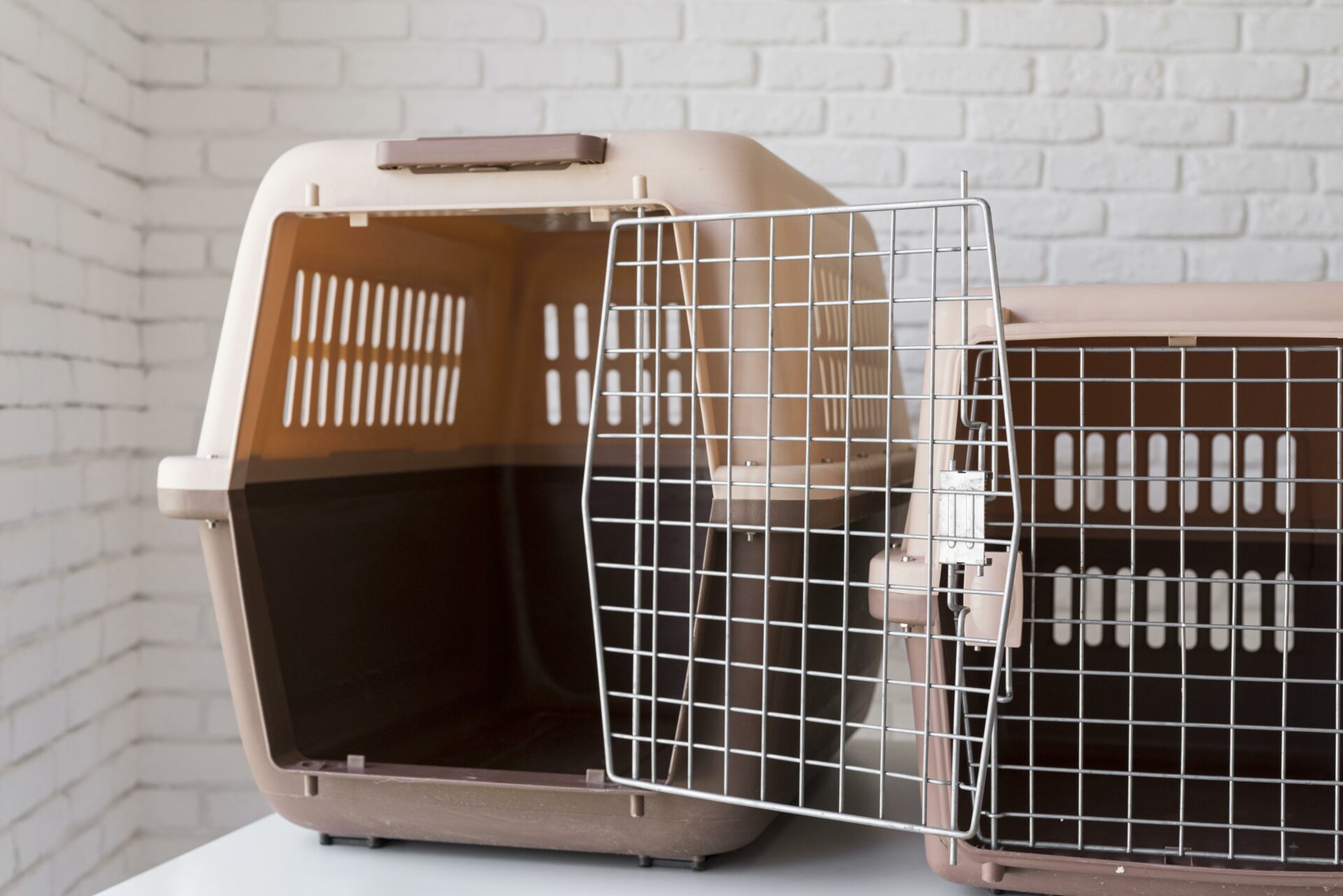Crate training is vital for growing a well-behaved and happy dog. When done correctly, it creates a safe and comfortable environment for dogs, aids in toilet training, and helps to manage their behavior. Crate training, on the other hand, may be a complicated process for both dogs and their owners if not tackled with the proper understanding and skills.

In this post, we will look at the dos and don’ts of crate training, providing useful insights and advice for dog owners. Whether you are a first-time dog owner or trying to improve your crate training skills, this article is a must-read to ensure a good and effective crate training experience for both you and your canine companion.
The Do’s and Dont’s of Crate Training
Crate training can be an effective tool for helping dogs feel safe, secure, and well-behaved in your home. However, it’s important to approach crate training with care and consideration for your dog’s well-being. Here are some dos and don’ts to keep in mind:
DO’S:
1. Gradual Introduction:
Begin by acquainting your dog with the crate gradually. Make it inviting by placing treats, toys, and bedding inside, fostering positive associations. When introducing your dog to their new crate, strike the correct tone. Make sure the crate is in a calm, cozy environment where your dog will feel at ease. Put a comfortable bed or blanket inside, and maybe even throw in some toys for good measure. Consider turning their container into a five-star hotel suite.
- Using Treats and Positive Reinforcement
Who doesn’t enjoy treats? Use them to your advantage while crate training. Toss a few sweet nibbles into the crate and allow your dog to link them with tasty rewards. favorable reinforcement goes a long way in establishing a favorable association with the crates. You might even see them rushing to their kennel with enthusiasm.
- Feeding Your Dog in Their Crate
Feeding your dog their meals inside their crate is a great way to encourage a positive association with the crate. Begin by telling the dog “crate,” walking to the crate, and waiting until the dog goes inside before putting their bowl down. During the first stages of crate training, keep the crate door open so your dog can come and go as they please.
2. Comfort is Key:
Ensure the crate is appropriately sized for your dog, allowing them to stand, turn, and lie down comfortably. Add soft bedding or blankets for coziness.
- Selecting the Appropriate Size
Size matters, my friend. You want a crate large enough for your dog to stand, turn around, and lie down comfortably. But not so large that they begin utilizing one area as a fancy bathroom. Measure your dog and choose a crate that fits their size, like a canine-fitted suit. Impact Dog Crates provides reliable, quality dog crates in several sizes. Use code NBD for 15% off your order!
3. Establish Routine:
Integrate crate time into your dog’s daily schedule, such as during meals, naps, or bedtime. Consistency aids in familiarizing your dog with crate use without anxiety.
4. Short and Gradual Sessions:
Start with brief periods of crate time and gradually increase the duration as your dog becomes more accustomed. Avoid prolonged confinement, especially during the initial training stages.
Example: When closing the crate door for the first time, close it for 10-15 seconds and then open it and let your dog out. Praise the dog verbally by saying “Good crate!” Do this several times per day, each day increasing the time the door is closed.
5. Ignore Vocalization:
If your dog whines or barks while in the crate, don’t worry! This is part of the training process. Refrain from immediately letting them out. Wait for a moment of calm before opening the crate, as rewarding vocalization can reinforce the behavior.
6. Maintain Cleanliness:
Clean the crate by regularly washing bedding and removing waste or debris. A sanitary environment promotes positive experiences for your dog.
7. Balance Crate Use:
While crate training can be beneficial, ensure a balance between crate time and interaction with you and the environment. Avoid overreliance on the crate for behavior management or confinement.
Don’ts:
1. Avoid Punishment:
Never use the crate as a form of punishment or confinement for undesirable behavior. It should be viewed as a safe, comfortable space, not a place of discipline or isolation.
2. Limit Confinement:
Avoid leaving your dog in the crate for extended periods, especially if they are not yet fully trained or comfortable. Regular exercise, socialization, and mental stimulation outside the crate are essential.
- Slowly Increasing Freedom and Tolerance
Gradually increase your dog’s independence outside the crate, beginning with brief times of supervised freedom and progressively increasing the duration as the dog becomes older and more comfortable in their environment.
3. No Forceful Measures:
Refrain from coercing or physically forcing your dog into the crate, as it can create negative associations and increase anxiety. Use positive reinforcement techniques instead.
Adhering to these guidelines can facilitate a positive and successful crate training experience for your dog. Patience, consistency, and positive reinforcement are key components in helping your dog feel comfortable and secure in their crate.
FINAL THOUGHTS
Remember that crate training should be a positive experience for both you and your pet. With perseverance, patience, and a sense of humor, you can effectively crate-train your dog and give them a safe and comfortable place to call home.
Crate training is an effective tool for dog owners, but it takes patience, persistence, and a thorough understanding of your dog’s needs. By following the dos and don’ts stated in this article, you can provide a positive and comfortable environment for your dog while also encouraging good behavior and fostering a strong link between you and your canine partner. Remember, each dog is unique, so tailor the tactics to your dog’s personality and needs. With time and effort, crate training can become a beneficial and rewarding experience for both you and your beloved pet. Watch our crate training video on YouTube here!
